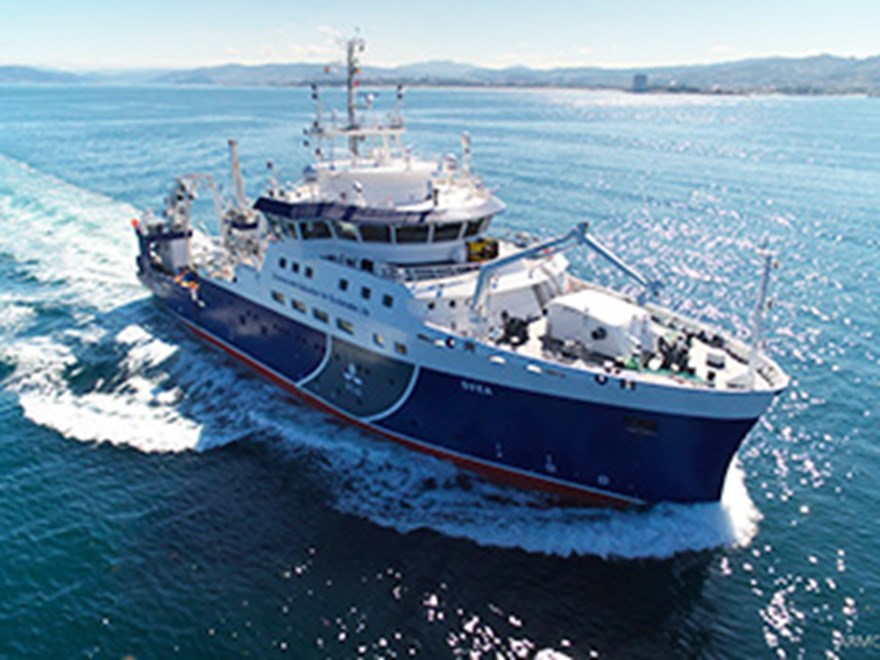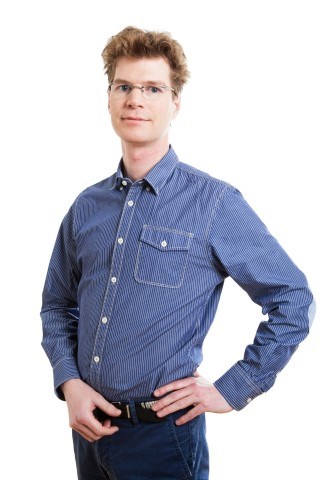Research news
-
16 July 2024
Congratulations Svea – five years in the service of the sea!
After a long-planned month at the shipyard in Falkenberg, R/V Svea is now out on an expedition... -
08 July 2024
“Junk” DNA helps plants to cope with cold stress
A vast amount of DNA contains no genetic information and was long thought to be junk. Recent... -
25 June 2024
Mitochondrial DNA reveals how perch colonized the Baltic Sea
Researchers from the Swedish University of Agriculture (SLU) and the Estonian University of Life...






